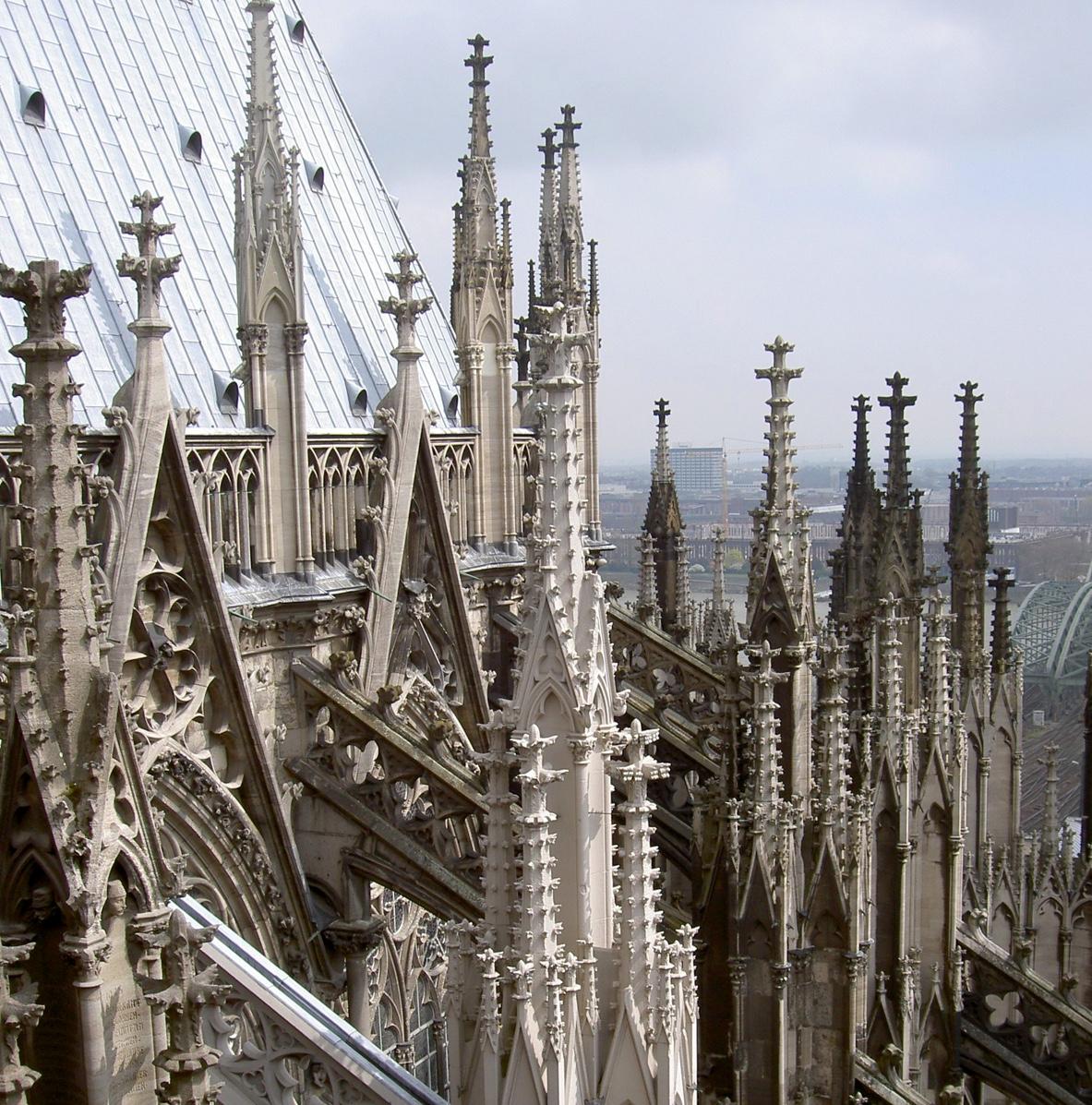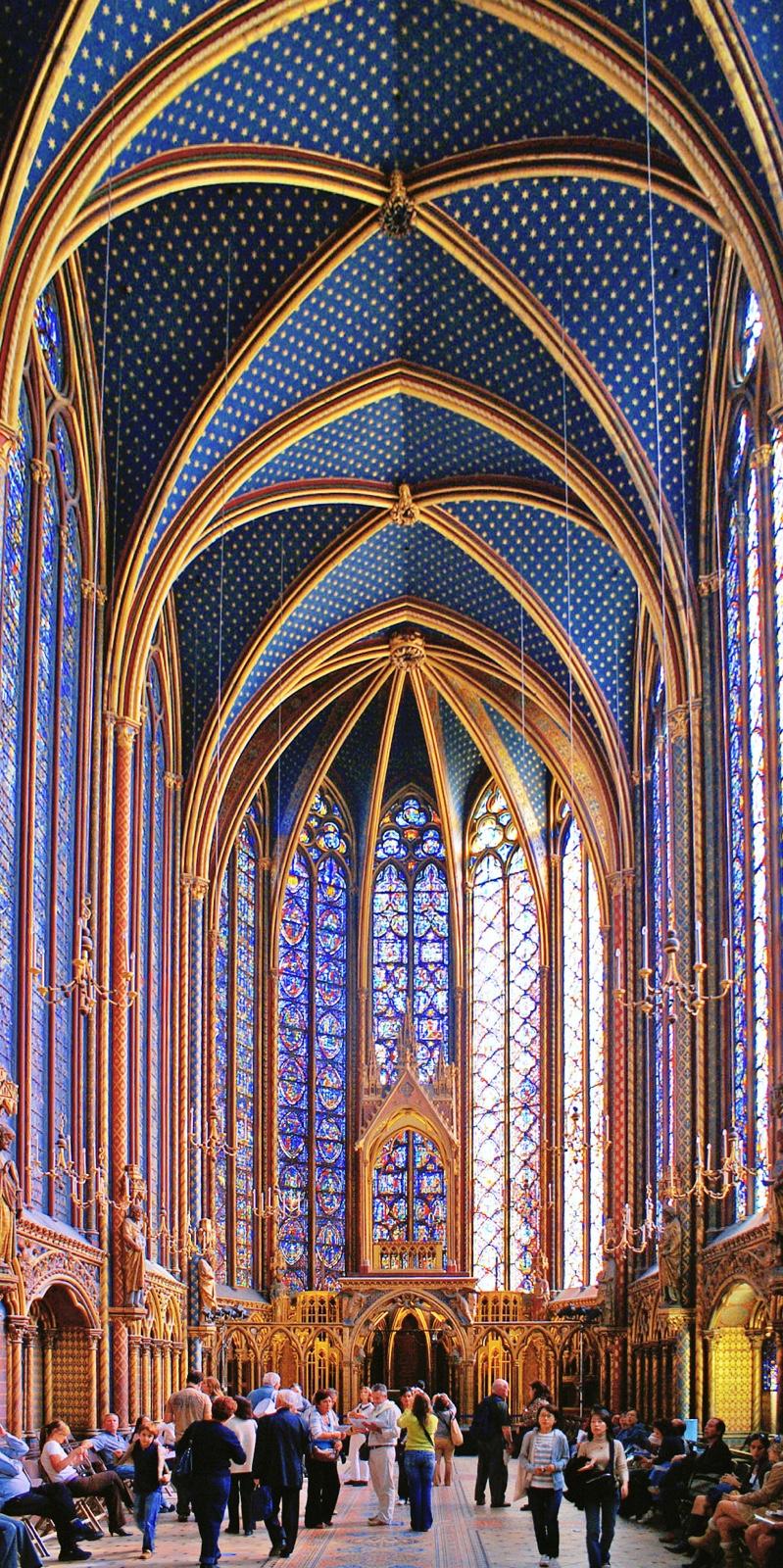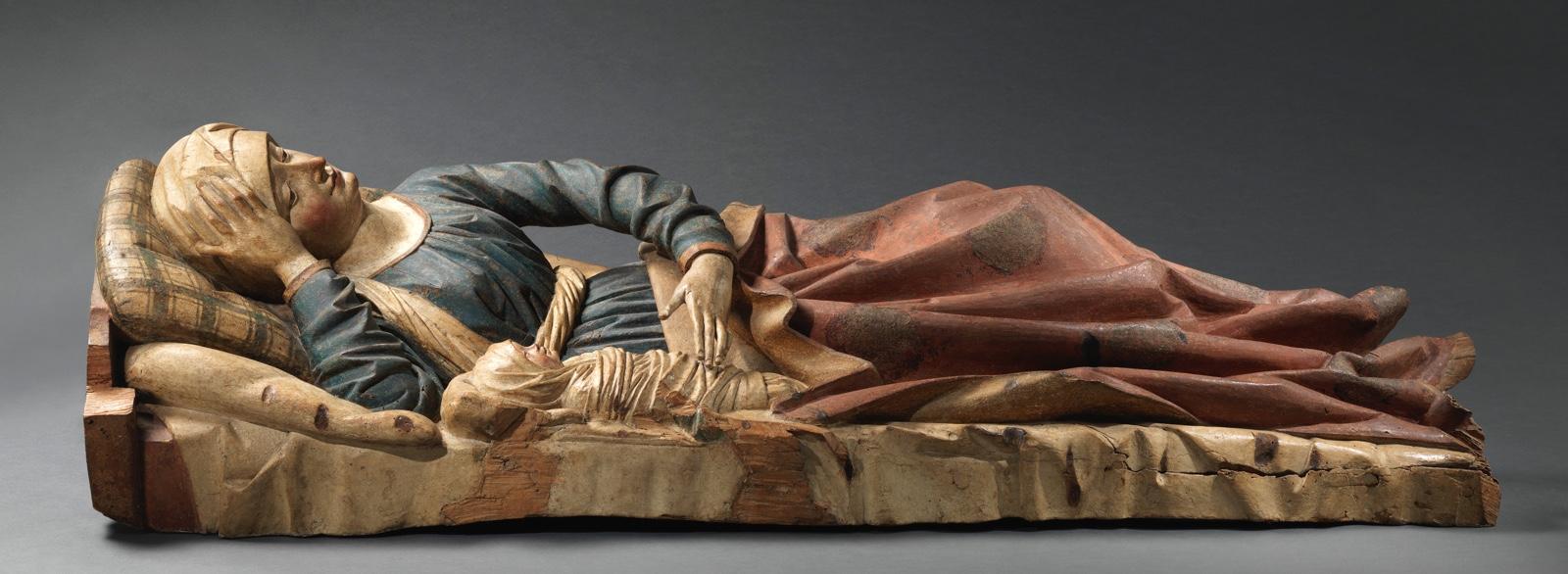On top of the impressive stature that many of these cathedrals managed to achieve, the interior and exterior of the buildings are covered in ornate decorations like stained glass, fresco mosaics, and decorative stone tracery. Stained glass in particular is a staple of the Gothic period. Most cathedrals incorporate large windows into their designs. These sometimes span once unimaginably large swaths of wall, reaching up to the high ceilings.
These windows depict scenes from the Bible or saint’s lives with beautifully embroidered stone tracery in between, projecting radiant, multicolored light throughout the interior of the buildings. It was commonly believed during this period that light itself was divine, and these stained glass windows accentuated the desired feeling of sanctity architects wanted when designing the naves of these cathedrals.
As for the exterior of these magnificent constructions, statues of people and creatures line the roofs. Although many of these cathedral walls depict mythological creatures like gargoyles, a newly established interest in humanism saw an emphasis on more naturalistic features for the human subjects of statues. During this period, a rise in the popularity of portable statues for worship—most commonly of the Virgin Mary and Jesus—also occurred.



























